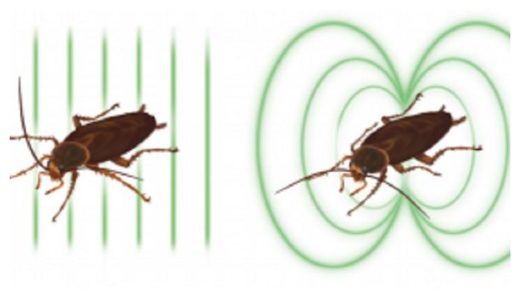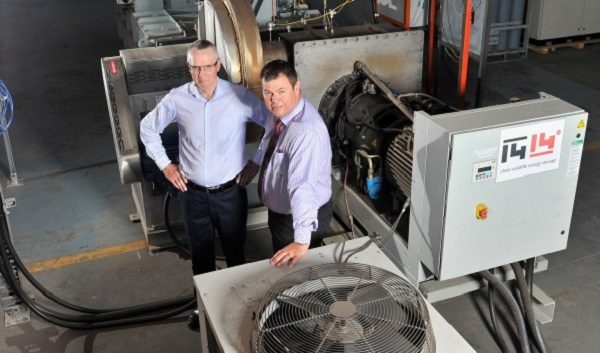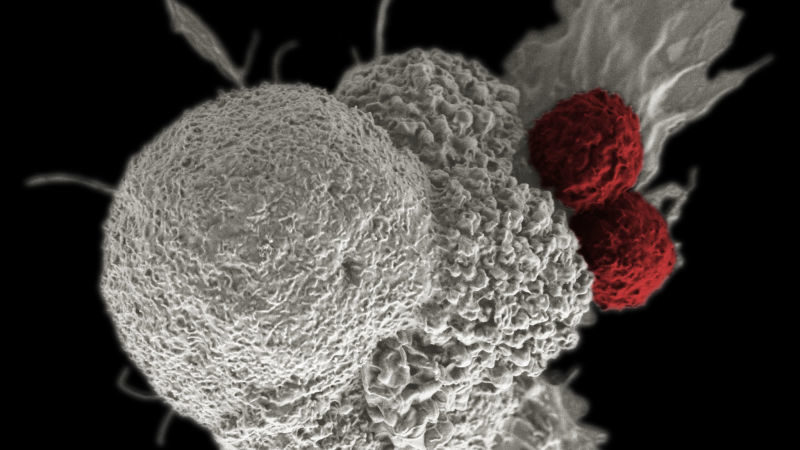
© MIT Technology Review
Just how these creatures use this ability is the subject of much speculation. But there is general agreement that a better understanding of biomagnetic sensing could help engineers design better sensors for other applications, such as microrobot navigation.
But before that can happen, engineers will need a far better understanding of how cockroaches sense magnetic fields and how they become magnetized themselves.
Enter Ling-Jun Kong at Nanyang Technological University in Singapore and a few pals who have measured the way American cockroaches become magnetized.
In the process, they've made a remarkable discovery—it turns out that the magnetic properties of living cockroaches are strikingly different from those of dead cockroaches. And they think they know why.
The experiments are straightforward. Kong and co placed a series of living and dead cockroaches in a magnetic field of 1.5 kiloGauss; that's about 100 times stronger than a fridge magnet. The team left the creatures in the field for 20 minutes and then measured how strongly they had become magnetized and how long it took for this magnetization to decay.
The results make for interesting reading. The team could easily measure the magnetic field associated with all the cockroaches, alive or dead, as soon as they came out of the external field. The field associated with living cockroaches then decayed in about 50 minutes. By contrast, it took almost 50 hours for the field to decay in dead cockroaches.
That raises an obvious question: why the difference? Kong and co have created a mathematical model of magnetization to come up with the answer. They assume that magnetization is the result of magnetic particles inside the cockroaches aligning themselves with the external magnetic field. When removed from the external field, the magnetization decays because Brownian motion causes the magnetic particles to become randomly aligned again.
But they also investigate how the time this takes varies according to the viscosity of the medium the particles are trapped in. They show that the decay time increases as the viscosity of this medium increases and becomes more glassy.


Comment: The prototype for the digital contact lens was created back in 2008: New Contact Lenses Go Bionic